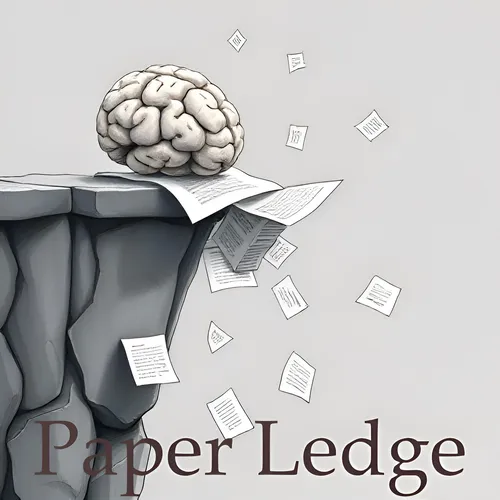Computational Engineering - RoadBench A Vision-Language Foundation Model and Benchmark for Road Damage Understanding
- Author
- ernestasposkus
- Published
- Thu 24 Jul 2025
- Episode Link
- https://www.paperledge.com/e/computational-engineering-roadbench-a-vision-language-foundation-model-and-benchmark-for-road-damage-understanding/
Hey PaperLedge crew, Ernis here, ready to dive into some seriously cool research that could change the way we see our roads! Today we're talking about a new way to spot potholes, cracks, and other road damage, and it's all about combining seeing with reading.
Think about it: a picture is worth a thousand words, right? But what if you also had the thousand words? That's the problem this paper tackles. Existing systems that try to automatically find road damage rely solely on cameras. But a picture alone doesn't always tell the whole story. What kind of crack is it? How severe? What caused it?
That's where RoadBench comes in. It's a brand new dataset, like a giant scrapbook, filled with high-quality photos of road damage. But here's the kicker: each photo is paired with a detailed description, written in plain language. Imagine someone describing the damage to you over the phone, that's the kind of detail we're talking about. This is where the "multimodal" thing comes in, merging images (visual mode) with text (language mode).
Now, with this richer dataset, the researchers created RoadCLIP. Think of RoadCLIP like a super-smart AI that can "see" the road damage and "read" about it at the same time. It's like teaching a computer to not just see a crack, but to understand it.
How does RoadCLIP work its magic?
Disease-Aware Positional Encoding: Imagine RoadCLIP putting on special glasses that highlight specific areas of damage. It's not just seeing a crack, but understanding where that crack starts, stops, and how it spreads. Like a doctor understanding the progression of a disease.
Road Condition Priors: This is like feeding RoadCLIP extra information about roads. What are roads made of? What are the common causes of damage? This helps it make more informed decisions.
But here's where it gets even more interesting. Creating a massive dataset like RoadBench can be time-consuming and expensive. So, the researchers used a clever trick: they used another AI, powered by GPT (the same technology behind some popular chatbots), to automatically generate more image-text pairs. This boosted the size and diversity of the dataset without needing tons of manual labor. This is like asking an expert to write variations of descriptions for the same problem, enriching the learning materials.
So, why does this matter? Well, the results are impressive. RoadCLIP, using both images and text, outperformed existing systems that only use images by a whopping 19.2%! That's a huge leap forward.
Think about the implications:
For city planners and transportation departments: This could lead to more efficient and accurate road maintenance, saving time and money. Imagine autonomous vehicles automatically reporting damage in real-time.
For drivers: Safer roads mean fewer accidents and less wear and tear on our vehicles.
For AI researchers: RoadBench provides a valuable resource for developing more sophisticated multimodal AI systems.
"These results highlight the advantages of integrating visual and textual information for enhanced road condition analysis, setting new benchmarks for the field and paving the way for more effective infrastructure monitoring through multimodal learning."
This research opens up some fascinating questions:
Could this technology be adapted to detect other types of infrastructure damage, like cracks in bridges or corrosion on pipelines?
How can we ensure that the AI-generated text is accurate and unbiased, avoiding potential misinterpretations or skewed data?
RoadCLIP and RoadBench are exciting steps towards smarter, safer roads. It's a testament to the power of combining different types of information to solve real-world problems. What do you think, learning crew? Let's discuss!
Credit to Paper authors: Xi Xiao, Yunbei Zhang, Janet Wang, Lin Zhao, Yuxiang Wei, Hengjia Li, Yanshu Li, Xiao Wang, Swalpa Kumar Roy, Hao Xu, Tianyang Wang
